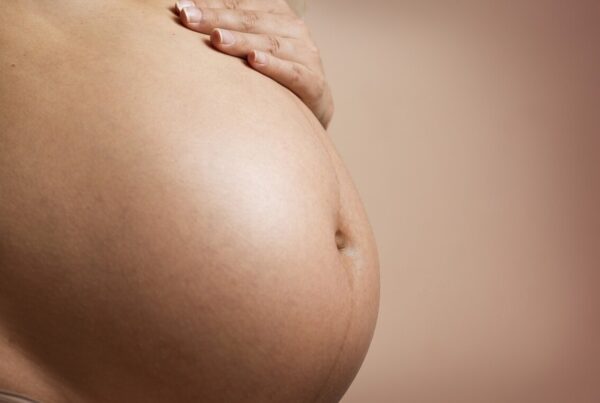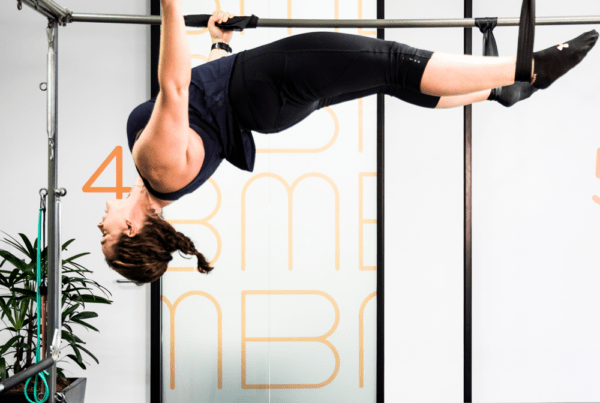Additional factors to be considered when returning to running:
Weight – Being overweight increases the load on pelvic floor. Women are considered at a higher risk of pelvic floor related symptoms if they have a BMI >30. In keeping with an increased risk for musculoskeletal injuries, it is recommended that weight management is addressed in women with BMI >30 prior to return to running. Exercise is an important component of weight loss and therefore low risk forms of exercise are advisable until BMI is within targeted range.
Breathing –Start with a slow pace on initial return to running, such that would allow you to maintain a conversation.
Breastfeeding – Breastfeeding prolongs the presence of a hormonally altered environment in the postnatal mother with lower levels of oestrogen and the possibility for slightly raised levels of Relaxin to continue. This may increase the mother’s risk of developing injury or dysfunction, including pelvic floor dysfunction or pelvic organ prolapse. Timing of feeds around running is important in order to ensure that the breasts are not overly full or likely to become uncomfortably full during the run. It is also important to consider hydration and the degree of exertion returning to running, in order to reduce potential impact upon the supply of milk. Moderate to vigorous exercise during lactation does not affect the quantity or composition of breast milk or impact infant growth.
Supportive clothing – It is important to wear good supportive gear. Choose appropriate clothing including a well fitted sports bra.
Sleep – Sleep is key for recovery from both physical and psychological stress and is frequently restricted in the post-partum period and beyond. Sleep deprivation in athletes is associated with increased injury risk which is important to factor in when returning to running.
Returning to Running:
It is sensible to start small, often with around 1 to 2 minutes of running at an easy pace. Setting short-term goals, such as reaching a target distance, can be helpful alongside long term goals such as competing in a race. These goals will influence training progression.
For run-training progression, building training volume (e.g. running distance/time) prior to increasing training intensity is recommended. It is advised that a total weekly running distance/time should not be increased by more than around 10% per week. Including walk breaks can be helpful to reduce fatigue initially and can be gradually reduced and removed. A ‘couch to 5km’ programme can be helpful as this usually includes walk breaks and builds gradually towards 5km of running within around 9 weeks.
It is important to monitor some key individual signs during your return to running as these will indicate if training needs to be reduced, modified or stopped. Heaviness, dragging, incontinence or moderate to severe pain may suggest excessive training distance or intensity. Mild musculoskeletal pain (0-3/10 on a pain scale) which settles quickly after a run with no pain lasting into the next day is often acceptable and has been used as a guide in management of tendinopathy and other conditions.
If considering buggy running, it is advised to use a buggy that is designed for this function (3 wheels, five-point harness for the baby, fixed front wheels). Buggy companies advise that buggy-running should not commence until baby is between 6-9 months old to protect the baby’s neck and spine. It is important to commence slowly, in a graded fashion, initially using the 2 handed technique.
Postnatal women can benefit from individualised assessment and guided pelvic floor rehabilitation for the prevention and management of pelvic organ prolapse. We strongly recommend having a pelvic floor assessment with our Women’s Health Physiotherapist, Roshini Nadarajah, to better understand specific changes to your pelvic floor options for management. For more factors to be considered prior to returning to running, see Part 1 of this blog post.
References:
- Goom, T., Donnelly, G. and Brockwell, E. (2019) Returning to running postnatal – guideline for medical, health and fitness professionals managing this population.





